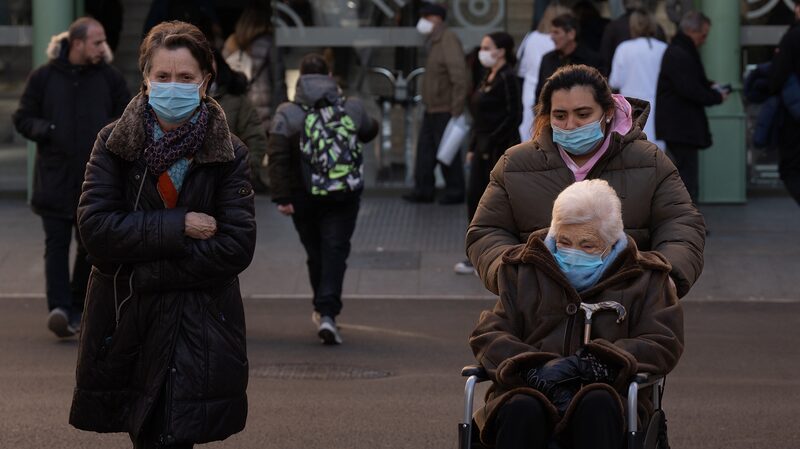The World Health Organization (WHO) has, for the first time, established a unified definition of what it means for a disease to spread “through the air.” This consensus, reached in collaboration with nearly 500 experts from various fields, aims to eliminate the confusion that marred the early response to the COVID-19 pandemic—a confusion that some scientists believe resulted in unnecessary loss of life.
On Thursday, the Geneva-based UN health agency released a technical document outlining this new definition. The WHO described it as a crucial initial step toward enhancing prevention strategies against airborne transmission, not only for existing diseases like measles but also for potential future pandemic threats.
The document concludes that the term “through the air” is appropriate for infectious diseases where the primary mode of transmission involves pathogens traveling or being suspended in the air. This aligns with commonly understood terms such as “waterborne” diseases, facilitating clearer communication across disciplines and with the public.
Experts involved in the initiative explained that by standardizing this definition, the hope is to enhance global responses to airborne diseases and improve preventive measures.
The collective effort included physicists, public health experts, and engineers—many of whom have historically held divergent views on the subject. Disagreements in the past often revolved around the classification of infectious particles as either “droplets” or “aerosols” based on their size. The newly adopted definition moves away from this distinction, focusing instead on the risk of exposure and the severity of the disease.
Historically, agencies required substantial evidence before categorizing diseases as airborne due to the stringent containment measures such a classification demands. The updated definition suggests a more nuanced approach, recommending that considerations of exposure risk and disease severity play a significant role in determining transmission classifications.
This development holds significant implications for global health policies and practices. By refining the understanding of airborne transmission, health organizations worldwide can implement more effective strategies to combat the spread of infectious diseases, ultimately safeguarding public health more efficiently.
Reference(s):
cgtn.com








